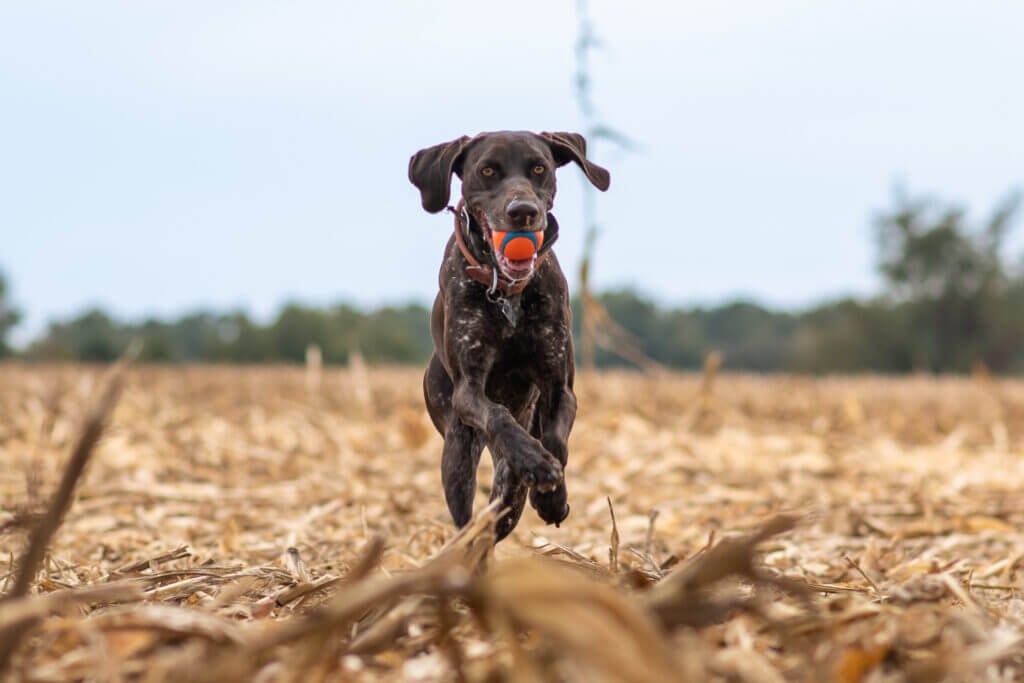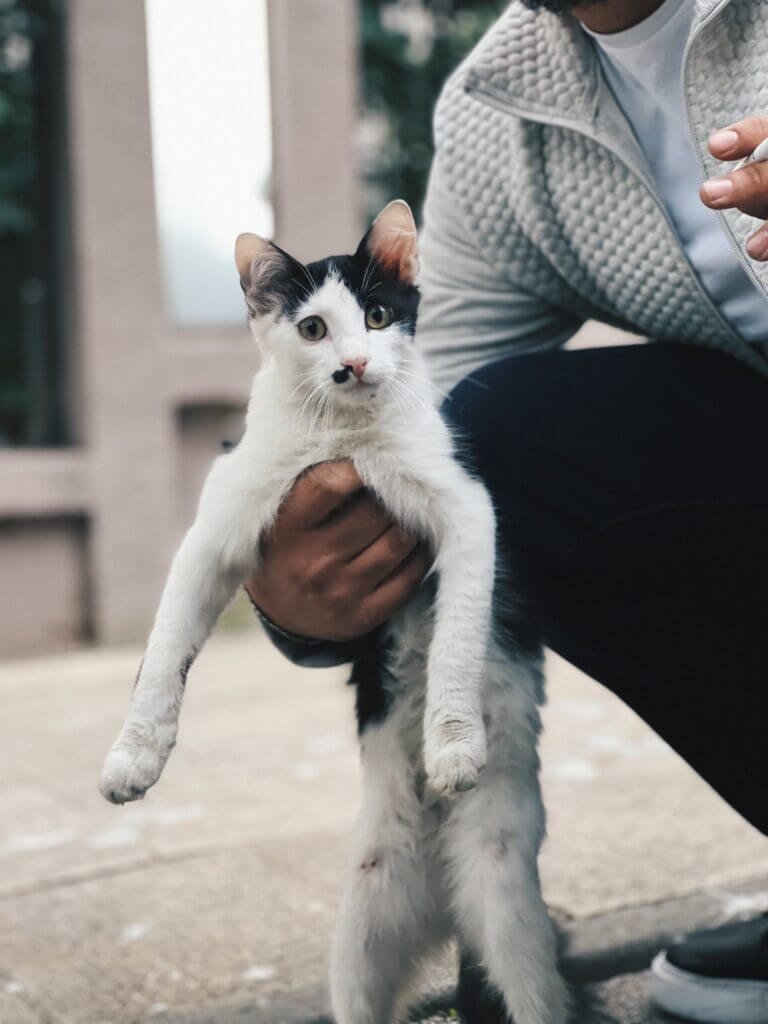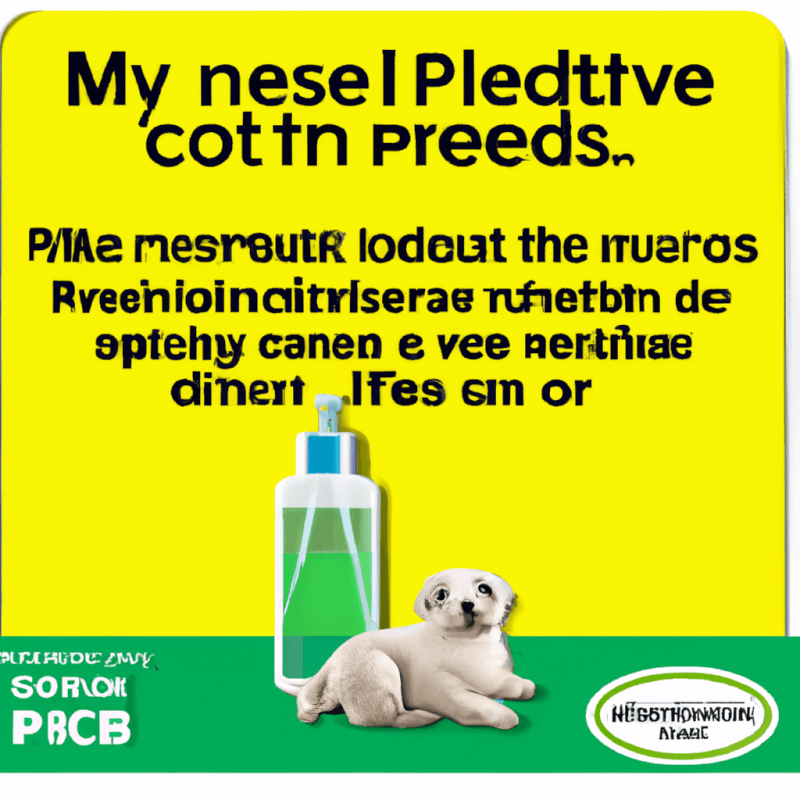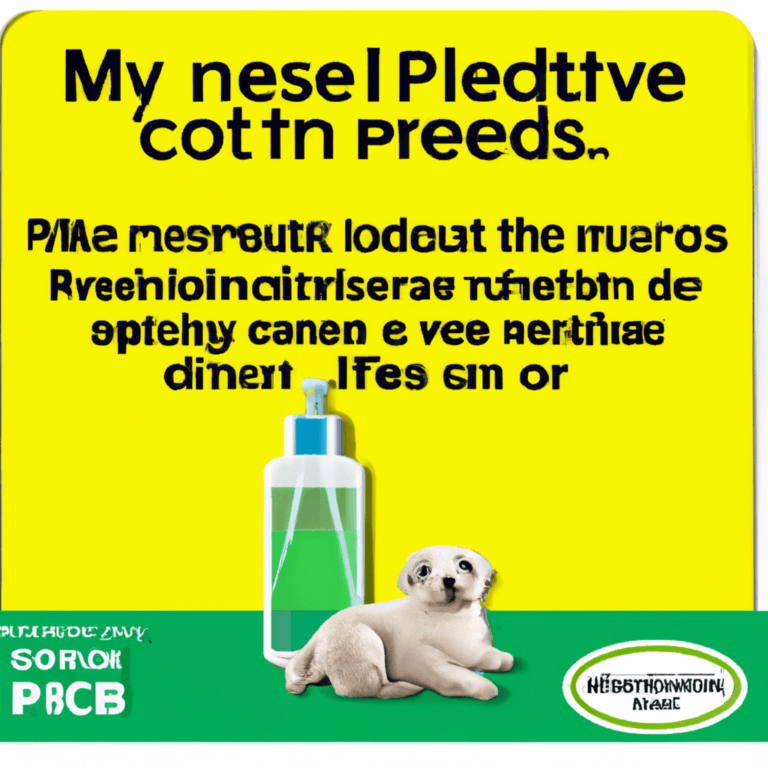If you have a furry friend at home, it’s important to keep a close eye on their health and well-being. Dehydration can occur in pets, just like in humans, and it’s crucial to be able to recognize the signs. Whether you have a dog, a cat, or any other type of pet, understanding the indicators of dehydration can help you take swift action and ensure their health is not compromised. In this article, we’ll explore the common signs of dehydration in pets, so you can stay informed and keep your beloved companion happy and hydrated.
Introduction
Ensuring the health and well-being of our furry friends is a top priority for any pet owner. One crucial aspect of pet care is monitoring their hydration levels. Dehydration in pets can have serious consequences, so it’s important to know the signs and take action if necessary. In this article, we’ll explore the various physical and behavioral signs of dehydration in pets, discuss specific signs in different types of animals, delve into the causes of dehydration, offer tips on prevention, and explain when it’s necessary to seek veterinary care. By being attentive to your pet’s hydration needs, you can help them lead a healthy and happy life.
Ready for Cat Trivia?
Test your knowledge about cats!

Physical Signs of Dehydration
Dry Mouth
One of the earliest and most noticeable signs of dehydration in pets is a dry mouth. If you notice that your pet’s tongue and gums look dry and sticky, it could be an indication that they are lacking adequate fluids. A healthy pet will usually have moist, pink gums, so any deviation from this norm is cause for concern.
Sunken Eyes
Another physical sign to watch out for is sunken eyes. Dehydrated pets may have eyes that appear sunken or dull. This is due to a loss of fluid in the body, which affects the eyes’ hydration levels. If you observe this symptom in your pet, it’s crucial to take immediate action to rehydrate them.
Loss of Skin Elasticity
Healthy skin has good elasticity and will quickly bounce back when lightly pinched. In dehydrated pets, however, the skin will take longer to return to its normal position, appearing to “tent” or remain raised after being pulled up. Skin elasticity is an essential indicator of hydration, so if you notice this sign, it’s important to address your pet’s hydration needs promptly.
Lethargy
Dehydration can also manifest in pets through lethargy or a lack of energy. If your usually active and playful companion seems unusually tired or lacks their usual enthusiasm, it could be a sign of dehydration. Keep an eye on their behavior and take note of any significant changes.
Panting or Rapid Breathing
Dogs, in particular, regulate their body temperature through panting. Excessive panting or rapid breathing, especially when not associated with physical exertion or warm weather, can be an indication that your pet is dehydrated. While panting is normal in certain situations, persistent or abnormal panting should be taken seriously as a sign of dehydration.
Weakness or Collapse
In severe cases of dehydration, pets may experience weakness or even collapse. If your pet’s energy levels plummet, and they have difficulties in standing or moving, it’s crucial to seek immediate veterinary care. This could be a sign of severe dehydration, and prompt action is essential to ensure your pet’s well-being.

Behavioral Signs of Dehydration
Decreased Appetite
One of the behavioral signs of dehydration is a noticeable decrease in appetite. Pets that are dehydrated may lose interest in their food or show less enthusiasm when it comes to mealtime. If your pet suddenly becomes disinterested in eating, it could be a cause for concern and may indicate dehydration.
Excessive Thirst
While lack of appetite is a common sign, pets may paradoxically show excessive thirst when dehydrated. If you notice your pet drinking significantly more water than usual, it could be their body’s way of compensating for fluid loss. Keep an eye on their water consumption and consider it as a behavioral sign of dehydration.
Reduced Urination
Monitoring your pet’s urination patterns is an essential way to gauge their hydration levels. When pets are dehydrated, they may produce less urine or the urine may appear darker in color. If you notice a reduction in their urination frequency or any changes in the urine’s appearance, it’s a clear indication that they may be dehydrated.
Change in Activity Level
A change in your pet’s usual activity level can also be an indicator of dehydration. Dehydrated pets may become less active, opting for rest rather than their usual playfulness. Keep an eye on their behavior and ensure they receive the required hydration to maintain their energy levels.
Signs of Dehydration in Specific Pets
Signs in Dogs
While many of the physical and behavioral signs of dehydration mentioned earlier apply to dogs, some signs may be more specific to this particular pet. Dogs may exhibit symptoms such as dry or pale gums, sunken eye sockets, and a loss of elasticity in their skin. Additionally, a dog’s nose may become dry and cracked when they are dehydrated. Familiarizing yourself with these specific signs can help you accurately assess your dog’s hydration levels.
Signs in Cats
Cats, like dogs, can show similar signs of dehydration. Additionally, dehydrated cats may experience a loss of appetite, exhibit vocalization or crying, and display lethargy. It’s important to pay attention to any changes in behavior or physical appearance, as cats can be more sensitive to dehydration than other pets.
Signs in Birds
As with any other pet, birds can also become dehydrated. Signs of dehydration in birds include lack of energy, fluffed-up feathers, and a loss of appetite. Keep an eye out for changes in their behavior and appearance, as timely intervention is crucial for their well-being.
Signs in Small Mammals
Small mammals such as rabbits, guinea pigs, or hamsters can also experience dehydration. Physical signs may include sunken eyes, dry or sticky gums, and a decrease in skin elasticity. Small mammals may also show behavioral signs such as reduced appetite and lethargy. Monitoring these signs in your small pet can help you identify and address dehydration promptly.

Causes of Dehydration in Pets
Lack of Access to Water
One of the primary causes of dehydration in pets is the lack of access to clean and fresh water. It’s essential to ensure that your pet always has access to water, especially during hot weather or after physical activity. Regularly check their water bowl to ensure it is clean and full to prevent dehydration.
Illness or Disease
Some illnesses or diseases can also contribute to dehydration in pets. Conditions such as kidney disease, diabetes, or gastrointestinal issues can increase the risk of dehydration. If your pet has a known medical condition, it’s essential to monitor their hydration levels closely and seek veterinary advice if necessary.
Vomiting or Diarrhea
Pets that experience episodes of vomiting or diarrhea can quickly become dehydrated. The fluid loss from vomiting or diarrhea can lead to rapid dehydration. If your pet is experiencing these symptoms, it’s important to monitor their hydration levels and consult with a veterinarian if the symptoms persist for more than 24 hours.
Heatstroke or Overheating
High temperatures and excessive heat exposure can cause dehydration, often resulting in heatstroke. Pets left in hot cars or exposed to intense heat without access to water are at a higher risk of dehydration. It’s crucial to provide adequate shade, water, and avoid exposing pets to extreme temperatures to prevent dehydration and heat-related illnesses.
Preventing Dehydration in Pets
Ensure Constant Access to Clean Water
One of the most important steps in preventing dehydration is providing your pet with constant access to clean and fresh water. Regularly refill their water bowl and ensure it is placed in a location that is easily accessible to them. Consider multiple water sources in the house and during outdoor activities to avoid any obstacles to hydration.
Monitor Water Consumption
Keeping an eye on your pet’s water consumption is crucial. Familiarize yourself with their typical water intake so you can quickly notice any significant changes. If you observe a sudden increase or decrease in water consumption, it may be an indication that something is amiss, and you should seek veterinary guidance.
Provide Fresh and Moist Food
Feeding your pet fresh and moist food can help increase their hydration levels. Canned or wet food can provide additional fluids, and adding water to dry food can also be helpful. Consult with your veterinarian to determine the appropriate diet for your pet’s specific hydration needs.
Avoid Overexertion or Overheating
Prevention is key when it comes to dehydration. Avoid overexerting your pet during hot weather and ensure they have access to shade and cool areas. Limit vigorous exercise during peak temperatures and provide adequate rest periods. Monitoring your pet’s activity level and managing their exposure to heat helps prevent dehydration and related health issues.

When to Seek Veterinary Care
Persistent or Severe Signs of Dehydration
If your pet exhibits persistent or severe signs of dehydration, it’s crucial to seek veterinary care immediately. These signs may include prolonged lethargy, extreme weakness or collapse, or significant changes in their behavior. Timely intervention can prevent further complications and ensure your pet receives appropriate treatment.
Unexplained Weight Loss
Unexplained weight loss can be a red flag for underlying health issues, including dehydration. If your pet is losing weight without a clear reason, it’s essential to consult with a veterinarian. They can assess your pet’s overall condition and advise on the appropriate steps to manage their hydration and overall well-being.
Vomiting or Diarrhea Lasting Longer than 24 Hours
If vomiting or diarrhea persists for more than 24 hours, it can lead to rapid dehydration. Professional veterinary care is necessary to determine the underlying cause and provide appropriate treatment. Delaying seeking care can worsen the dehydration and put your pet’s health at risk.
Signs of Heatstroke
Heatstroke is a serious condition that can lead to severe dehydration, among other potentially life-threatening complications. If your pet displays signs of heatstroke, such as excessive panting, rapid breathing, or weakness, seek immediate veterinary attention. Heatstroke requires prompt treatment to ensure your pet’s safety and well-being.
Treating Dehydration in Pets
Offering Water or Electrolyte Solutions
For mild cases of dehydration, offering your pet water or electrolyte solutions can help rehydrate them. Ensure they have constant access to fresh water and, if necessary, consult with your veterinarian about providing electrolyte-rich solutions to replenish fluids and essential minerals.
Fluid Therapy at the Veterinary Clinic
In severe cases of dehydration, especially when caused by underlying illnesses or conditions, fluid therapy at the veterinary clinic may be necessary. Intravenous or subcutaneous fluids can be administered by a veterinarian to rapidly rehydrate your pet and restore their overall well-being.
Addressing Underlying Causes
Treating dehydration effectively involves addressing any underlying causes. If your pet’s dehydration is due to an illness or disease, the veterinarian will focus on managing the primary condition alongside rehydration efforts. Identifying and resolving the root cause will help prevent future episodes of dehydration and promote your pet’s overall health.

Conclusion
Recognizing the signs of dehydration in pets is essential for every pet owner. By familiarizing yourself with the physical and behavioral indicators, you can take prompt action to address your pet’s hydration needs. Whether it’s providing constant access to clean water, monitoring their water consumption, or seeking veterinary care when necessary, taking preventive measures and addressing dehydration early on is crucial. Remember, a well-hydrated pet is a healthy and happy pet.


